FACIAL AND JAW BONE TRAUMA SURGERY
They maybe in some cases limited to only soft tissues of the face and mouth
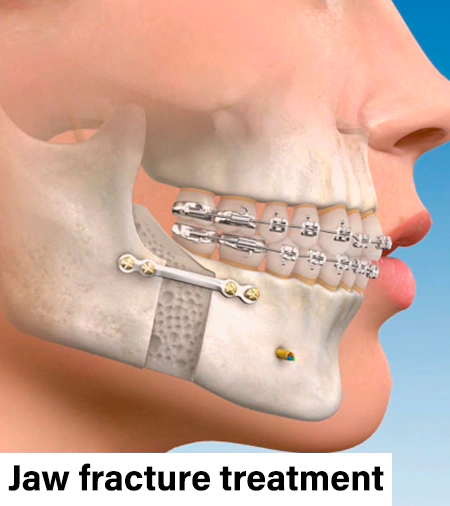
They maybe in some cases limited to only soft tissues of the face and mouth

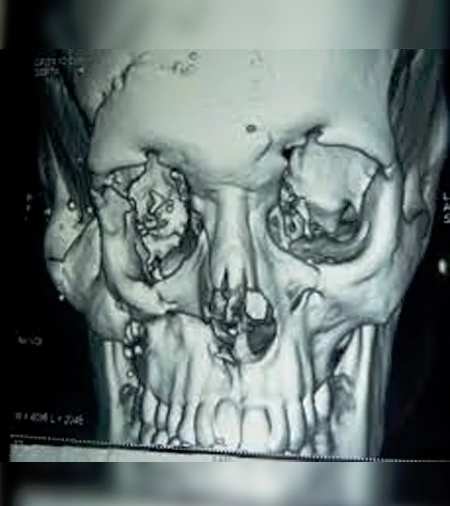
Facial injuries can affect the upper jaw, lower jaw, cheek, nose, eye socket. They maybe in some cases limited to only soft tissues of the face and mouth, or in severe cases, involve the jaw bones and bones of the facial skeleton.
Facial injuries most commonly occur during:
When making a diagnosis, your doctor will begin by asking about your medical history, including any events that may have caused your facial injury.
A thorough physical and medical examination will also be conducted, to note any injuries to your face and other parts of your body. This may be followed by relevant X-rays and CT scan of the head and face. Specific X-rays are needed depending on exact nature and site of injuries.
Many people with facial injuries also suffer from additional injuries. In such cases additional x-rays, investigations and consultations with other medical specialists may be needed.
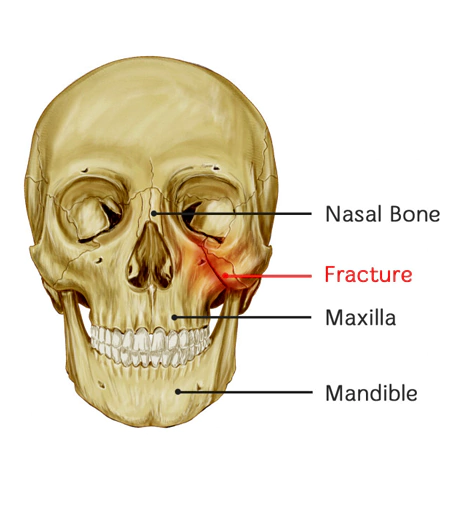
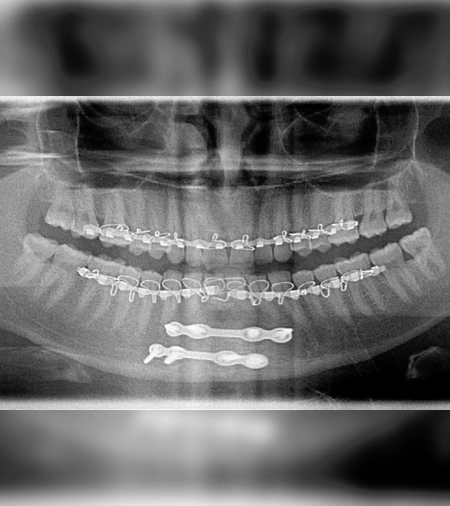
Depending on these factors, a decision may be made to treat the injury surgically or non-surgically.
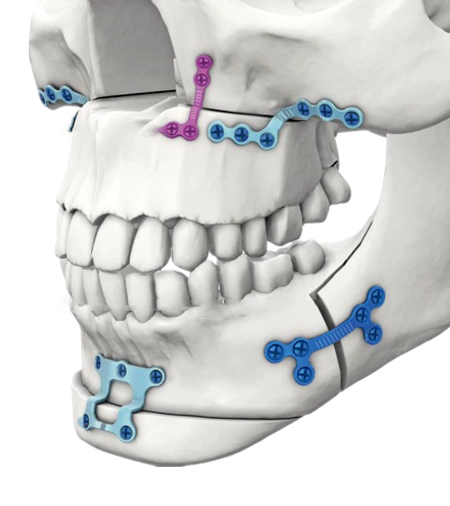
FMS INTERNATIONAL DENTAL CENTER – ADVANCED DENTAL IMPLANT CLINIC
Door No. 8-2-293/82/A/725 Road, No. 37, Hitech City Rd, near Daspalla Hotel, CBI Colony, Jubilee Hills, Hyderabad, Telangana 500033
FMS DENTAL HOSPITAL
2nd Floor, Pranav Tej Towers, H. No. 1, 111/3/B, Gachibowli – Miyapur Rd, opp. KIMS Hospital, above HDFC Bank, Hanuman Nagar, Kondapur, Telangana 500084, India
FMS DENTAL HOSPITAL
MIG 155, KPR Complex, Rd Number 1, above State Bank Of India, Kukatpally, Hyderabad, Telangana 500072, India
FMS INTERNATIONAL DENTAL CENTER
MKS Square, Opp. Oberon Mall, NH Bypass, Padivattom, Edappally, Kochi, Kerala 682024, India